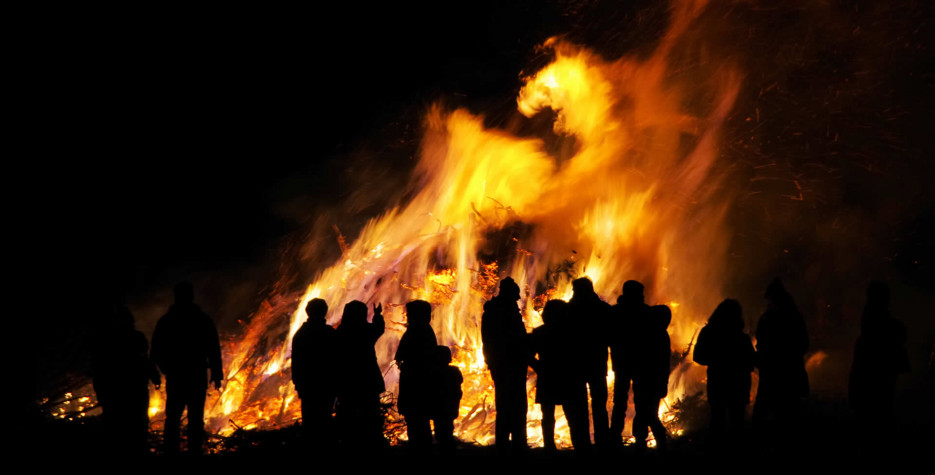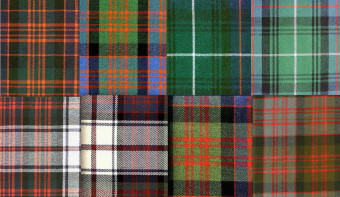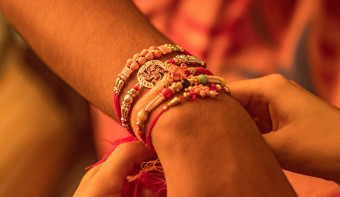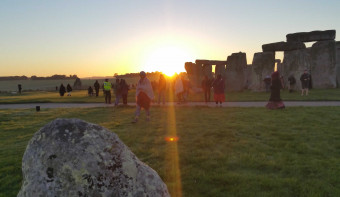About Walpurgis Night
When is Walpurgis Night?
In parts of Northern and Eastern Europe, from Sweden to the Czech Republic, the Mass of Saint Walburga or Walpurgis Night is celebrated on the evening of April 30th.
In German-speaking countries, it is known as Walpurgisnacht, Valborg in Sweden and as Čarodejnice in the Czech Republic.
The customs of Walpurgis Night give it the nickname 'the other Halloween'. For instance, a popular tradition of Walpurgis Night is burning an effigy of a witch on a bonfire in the evening of April 30th.
History of Walpurgis Night
The night of April 30th is halfway between the spring equinox and summer solstice. The date has a strong connection with Beltane, the Celtic festival that was considered the last day of winter and was a celebration of the beginning of summer.
In Germanic folklore, the people from the Harz Mountains of central Germany believed that witches rode across the sky on 30th April, which they called Witches Night (Hexennacht), and held a coven on Brocken Mountain. To scare the witches and ward off any evil spirits, the locals would light bonfires as witches apparently don't like smoke. They would also ring church bells and bang pots and pans as witches presumably don't like noise. And to take no chances, they would also pray to St. Walpurgis, whose feast day was 30th April.
St. Walpurgis was an eighth-century English nun who later became a German abbess and brought Christianity to the region. She is a saint who is associated with protection against magic as well as being the patron saint against dog bites, rabies and whooping cough.
If chasing away witches on Walpurgis Night isn't exciting enough, it was also the end of the administrative year in the middle ages, which would have been a good enough excuse in itself to kick back with a flagon of artisan brewed mead and toast something tasty in front of a bonfire.
Find out moreSimilar Observances
International Tartan Day
Read More
Raksha Bandhan 🛕
Read More










